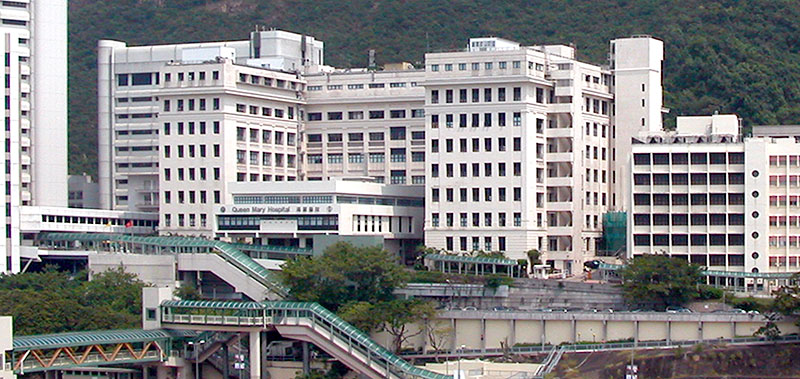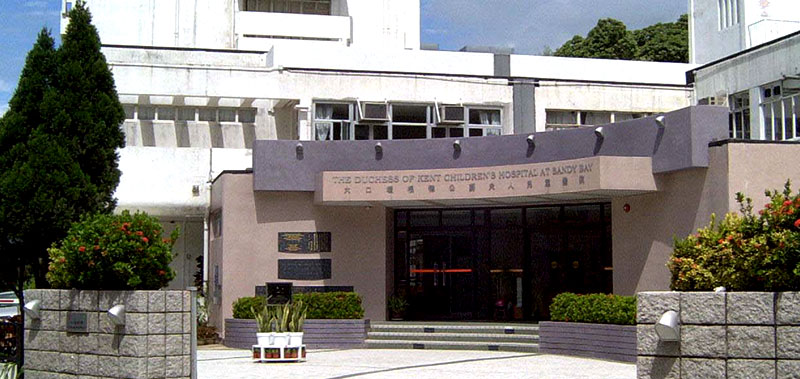
The Division of Spine Surgery at the Department of Orthopaedics and Traumatology, The University of Hong Kong is well known internationally for its novel research and innovative approach to spine care. The spine team enjoys a long history of spine surgery marked by the advent of the anterior approach for the treatment of spinal tuberculosis in the 1950s, which has since been referred to as “The Hong Kong Operation.” The Division of Spine Surgery has since been a tertiary/quaternary referral centre for the entire region and receives referrals from China, Southeast Asia and further abroad. The department dedicates its time between, Queen Mary Hospital, the Duchess of Kent Children’s Hospital and the MacLehose Medical Rehabilitation Centre, which is a dedicated centre for spinal cord injury rehabilitation. The team members can be seen in the “About Us” section.

Queen Mary Hospital
Collaborative approach to spine care
The Duchess of Kent Children’s Hospital is internationally renowned for its care of both paediatric and adult patients. Having once been a major hub in Asia for the treatment of spinal tuberculosis and post-polio deformities, the team currently focuses on patients with scoliosis and other spinal deformities as well as degenerative conditions of the cervical and lumbar spine. In addition to surgery, the centre provides a full spectrum of spine care. This includes assessment, treatment, and rehabilitation which is reliant on a multidisciplinary care team comprised of: the spine surgeon, bioengineer, clinical psychologist, nurse, occupational therapist, pain specialist, physiotherapist, prosthetist, interventional radiologist, and social worker.

Duchess of Kent Children’s Hospital
Spearheading novel preventative and therapeutic approaches
The Division of Spine Surgery has been very active in the advancement of spine disorders. Working with the Department of Health, the Division of Spine Surgery was the first to introduce a scoliosis school screening programme in Hong Kong in 1995. Since that time, the programme has screened over 1 million students, resulting in over 300 yearly detections and referrals to early treatment and prevention of surgery. This is one of the most successful and sustainable programmes in the world to date. To further support this programme, the division has further implemented measures to improve brace compliance.
We have also advanced diagnostics and surgical planning with the development of the fulcrum-bending radiograph that assists in understanding curve flexibility, surgical strategy, advanced surgical planning and the prediction of outcomes. We have also been advocates and pioneers in minimization of surgical instrumentation, reducing health-care costs while maximizing patient outcomes, and designing novel instrumentation to improve patient outcomes. In addition, the team was the first in the world to perform the first surgery utilizing magnetically-controlled growing rods in children with early-onset scoliosis. Such an advancement represents a tremendous leap forward in the spine care of children with spinal deformities. With such a foundation, the Division of Spine Team continues to educate and nurture future spine specialists of tomorrow, and remains actively engaged in local and international conferences to disseminate our findings as well as continuously improve our methods of spine care.
